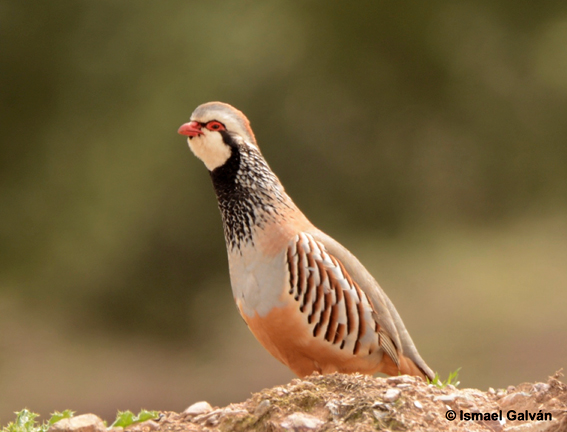Even though plumage diversity is one of the most diverse phenotypic traits in nature, the reasons why some species exhibit more distinctive colors than others are poorly known. In the case of melanins, the most abundant pigments in birds, different chemical forms lead to different plumage colors and different amounts of those forms lead to different color intensities. However, the synthesis of some melanin forms is more physiologically limited than others. Here, authors hypothesize that an evolutionary solution to this scenario may consist in a negative association between melanin-based color heterogeneity and intensity. This prediction is confirmed after analyzing the diversity and expression level of melanin-based plumage colors in 96 species of birds breeding in the Iberian Peninsula. After controlling for phylogenetic effects, the intensity of the plumage colors of birds decreased with the number of different colors, suggesting that the physiological mechanism of melanin synthesis does not favor the production of both a heterogeneity of melanin forms and large amounts of these forms. These findings contribute to a better understanding of bird phenotypic diversity. informacion[at]ebd.csic.es: Galván & Rodríguez-Martínez (2019) A negative association between melanin-based plumaje color heterogeneity and intensity in birds. Physiol Biochem Zool https://doi.org/10.1086/702720
https://www.journals.uchicago.edu/doi/abs/10.1086/702720

 Las altas temperaturas están provocando que las lagunas y las marismas de Doñana pierdan agua rápidamente
Las altas temperaturas están provocando que las lagunas y las marismas de Doñana pierdan agua rápidamente




